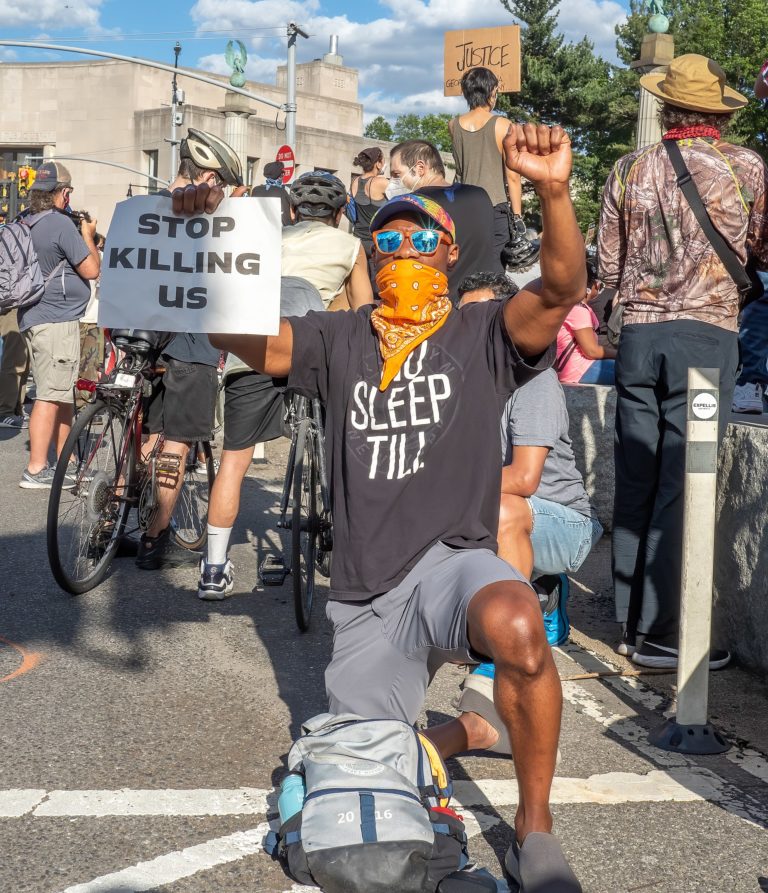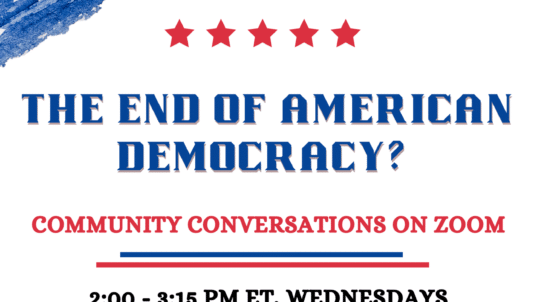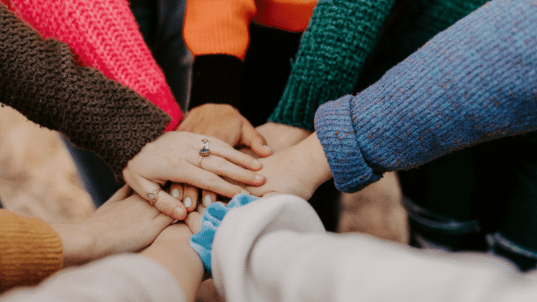“But the end [of nonviolent protest] is reconciliation; the end is redemption; the end is the creation of the beloved community. It is this type of spirit and this type of love that can transform opposers into friends.” Dr. Martin Luther King, Jr., 1956
What IF …? An Online Community Conversation Series: Public Safety, Race & Society.
In a three-part online discussion series this summer, we asked participants to grapple with the tragic and galvanizing police killing of George Floyd in Minneapolis as well as other instances of police violence against Black Americans. In each session, participants were divided into smaller groups for facilitated discussions, each lasting about an hour, to explore diverse perspectives about what these events reveal about race, public safety, and law enforcement in our society. As the series progressed, we asked them to more broadly explore different meanings for public safety and to envision different, ideal—or at least better—futures for public safety, our communities, and how we might get there.
While each small-group discussion session was unique, there were also a few interesting and insightful commonalities to the ebb and flow of their conversations. First, the generous participants very much took up the challenge to consider different, safer, and better futures for all citizens and communities. While they did not shy away from sharing their own personal and sometimes difficult experiences and views about race and policing, they also took up the challenge to explore these topics more broadly, deeply, and with the goal of envisioning a safer future for everyone.
“Not ‘ready, set, go,’ but ‘look, listen, and slow.’”
While a good many specific proposals for reforming policing were discussed—for example, more and better “community policing,” “de-militarizing” the police, reformed recruiting and training, alternative interventions and interveners, etc.—most of their discussions explored broader understandings of public safety and its complex interactions with race, class, education, environment, etc.
Second, and while many different perspectives and themes were explored for the future of public safety, there was a prevalent emphasis throughout on ways that we might better develop and nurture much more inclusive, holistic communities. These would be more like the “beloved communities” popularized by Dr. Martin Luther King, Jr., built on the twin pillars of economic and social justice and standing on a firm foundation of love for one’s fellow human beings.
“People have to be as invested in each other as they are in themselves.”

George Floyd protest in Grand Army Plaza, June 7, 2020. By Rhododendrites – Own work, CC BY-SA 4.0
In these future communities, racism, bigotry, and prejudice would be supplanted by an inclusive, supportive, and neighborly spirit for all. Improved public safety, in all its meanings, would be an integral feature—both cause and effect—in such communities. The discussions included, to be sure, many different complementary (and some conflicting) ideas for the specific steps needed to build such communities. But the big-picture values and goals of justice, education, community, inclusivity, access, and opportunity for all were themes that grounded many of the participants’ comments and to which they returned over and over again.
Third, and from the perspective of the facilitators for these discussions, these online discussions of some current and challenging issues went well, better than expected. Having enough time to fully develop ideas remained a challenge, and the technology can and did add the usual connectivity challenges (audio lags especially). Nonetheless, the participants engaged civilly, diversely, generously, and picked up on the broader framing of “public safety” to go beyond policing issues. Using the history-of-the-future approach for the final session also worked well. And, perhaps most tellingly—and as with our prior discussion series—the participants enjoyed these discussions well enough to come back for multiple sessions and in some cases to share contact information among themselves so they could continue the conversations on their own—a small but gratifying and generous first-step toward building the very kind of community they discussed.
This program is part of the #WeavingCommunity initiative.




